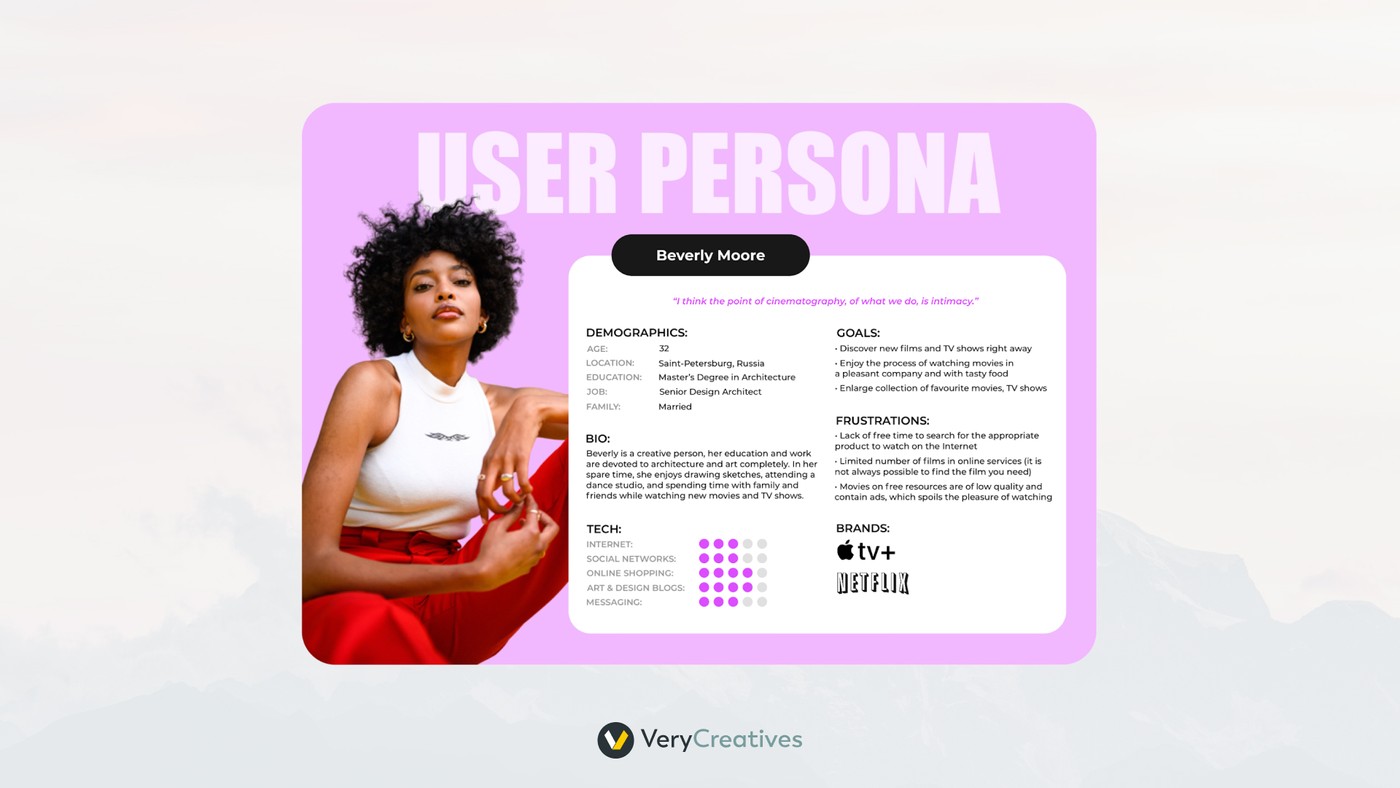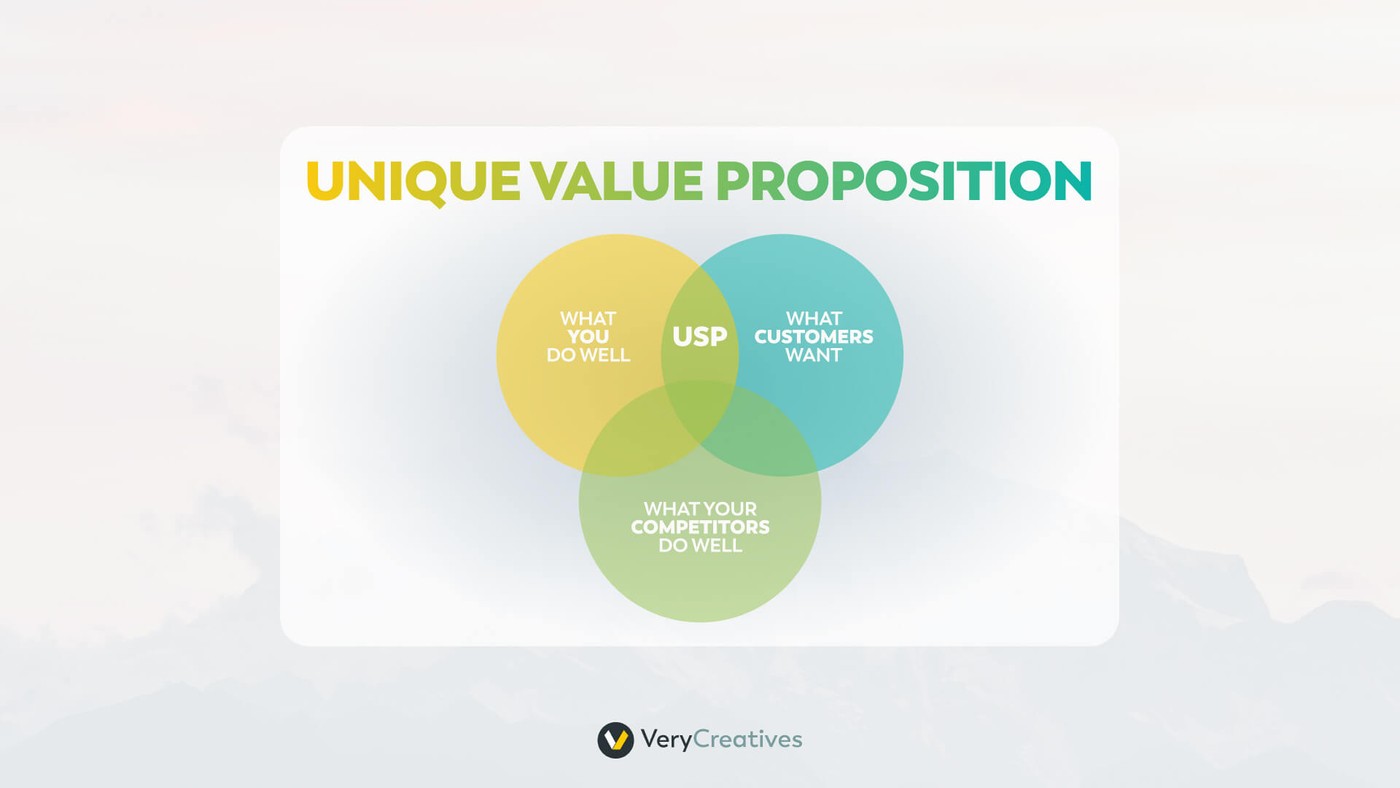Startups are usually pressed for time and resources. Their goal is to develop an MVP and go to the market quickly. In such cases, the focus is on expediting the traditional business processes.
A manifestation of this thinking is the Lean Canvas, an innovative alternative to the traditional business model canvas. Lean Canvas is a useful tool for startup entrepreneurs as it helps them quickly develop a strategy on a single page and move to MVP development. However, to truly benefit from the Lean Canvas model, we must dive deep and understand it thoroughly.
Therefore, this guide covers a Lean Canvas, its key metrics, and how to fill it out to utilize it efficiently.
What is a Lean Canvas?
A Lean Canvas is a single-page document template that outlines a startup’s problem-solving strategy. It uses the lean methodology to eliminate time-wasting processes, increase resource optimization, and share straightforward ideas in a simple manner.
A Lean Canvas aims to quickly outline the holistic business strategy so that a startup can develop an MVP (Minimum Viable Product) and start generating revenue. Founders can easily share it with stakeholders and third parties to get everyone on the same page quickly.

A Lean Canvas comprises nine sections (or key metrics), each dealing with an important part of the business strategy.
Lean Canvas Key Metrics and How to Compile Them
Let us now discuss the nine key metrics of a Lean Canvas, their purpose, and how to compile them for your startup.
1. Market Analysis
It involves understanding the target audience, ideal customer profile, and audience segments. If your product has multiple audience segments, you should create a separate Lean Canvas for each segment.
For example, Uber has multiple audience segments, such as taxi drivers (uber partners), tourists, and people without cars.
How to Compile It
Ask yourself questions like:
- Which type of customer do you want to sell to?
- Who will be interested and eager for your product(s)?

Ideally, you should define 3-4 distinct user personas and create a Lean Canvas for them.
2. The Problem(s)
Deals with key customer pain points, challenges, and problems with the current products available.
For example, an e-bike renting app might identify traffic jams, lack of parking spaces, or distant bus stops as problems for their ideal customers.
How to Compile It
Think like your ideal customers, identify ten problems, and reduce the list to the three most serious pain points they might face. You can use the following sources to get information:
- Surveys
- Questionnaires
- User interviews
- User tests
3. The Solution(s)
It outlines the unique solutions your product promises to solve customers’ problems. For Airbnb, this would be providing cheap places to rent for tourists.
How to Compile It
At this point, there is no right or wrong solution. Brainstorm all your ideas and narrow the list down to the 3 most unique solutions your product offers. Reviewing each solution’s strengths and weaknesses can make the compilation easier.
4. Key Metrics
Key Metrics deal with the metrics and key performance indicators (KPIs) you must track for your startup’s success. They vary from business to business and can include downloads (for apps), sales, revenue, social media reach, MQLs, etc.
How to Compile It
Deeply understand your business’s nature and determine the most relevant metrics that help you track its success. For example, tracking metrics like restaurant partners can be useful if you have a food delivery app.
5. Unique Value Proposition
A UVP (also known as a Unique Selling Proposition—USP) is a concise and compelling statement that outlines your product’s core qualities and distinguishes it from its competitors.

For example, Apple’s UVP is innovation, simplicity, design elegance, and user experience.
How to Compile It
When writing a UVP, make sure that it is not just the “solution” but something that makes you unique. It should also be easy to read and quickly understandable.
6. Unfair Advantages
An unfair advantage is anything that can help you get a kickstart. Each founder has some unfair advantages over the others; the more of them you have, the more likely your business will succeed.
An example of an unfair advantage is patented products by pharmaceutical companies like Pfizer. These patents allow them to sell some products exclusively, ultimately giving them a monopoly over prices until the patent expires.
How to Compile It
You can brainstorm over the following ideas to figure out if you have any unfair advantages:
- Special industry skills
- Unique educational background
- In-depth industry knowledge
- Personal authority or reputation
- An extensive network of partners, customers, or suppliers
- A dream team
- An established brand that can help newer products
7. Channels
Channels, also known as touchpoints, are places where you can connect with your target audience and market your product. Different types of channels are suitable for different types of businesses.
How to Compile It
Understand your business and target audience deeply to determine which channel will be most profitable. For example, if you have an eco-friendly product, you will likely find your target audience (Gen-Z) on popular social media channels like Instagram, TikTok, etc.
8. Cost Structure
This part covers the costs incurred, their reasons, and their types when running a business. These could include fixed and variable costs, setup costs, research costs, design costs, etc.
How to Compile It
Keep a keen eye on every action that costs you money and note it down. Examples can include distribution, customer acquisition, marketing, payroll, etc.
9. Revenue Streams
Revenue streams are avenues through which your business earns money. It aims to help you estimate the earnings through your product so that you can take informed steps to become profitable.
How to Compile It
Revenue streams can vary from business to business. Here are some examples of revenue streams to consider:
- Product sales
- Service sales
- Subscription revenue
- Pay-per-use revenue
- Intellectual property usage
- Ad spaces
- Renting or leasing
- Affiliate or referral income
- Funding or crowdsourcing
Key Differences Between Lean Canvas and Business Model Canvas
Even though the Lean Canvas is based on the business model canvas, there are some key differences between both. Here’s a chart outlining the key differences between them:
| Lean Canvas | Business Model Canvas | |
|---|---|---|
| Business Type | Startups | Startups and established businesses |
| Purpose | To develop a problem-solution strategy | To define infrastructure, cost, and revenue streams |
| Differing Sections | Problems, Solutions, Key metrics, Unfair advantages | Key partners, Key activities, Key resources, Customer relationships |
| Competitive Advantages | Focuses on unfair advantages for the business success | Focuses on value proposition and its qualitative and quantitative aspects |
| Main Focus | Focuses on entrepreneurs | Focuses on all types of stakeholders such as advisors, investors, customers, founders, etc. |
| Degree of Customer Attention | Does not pay a lot of attention to customer segments as there is not a product in place to begin with. | Focuses greatly on customer segments, customer relationships, and channels. |
Frequently Asked Questions
Can Lean Canvas help me identify potential risks in a startup venture?
Yes, since the Lean Canvas model breaks down a business idea into its crucial components, it can help you determine whether a startup idea will be successful or not. For example, if you can’t come up with a unique value proposition, your business may not take off.
Can the Lean Canvas model improve cross-team collaboration?
Yes, to effectively complete a Lean Canvas framework, multiple teams must collaborate and brainstorm ideas. For example, to fill the revenue stream section, the sales team must work with the finance team for more accuracy.
Summing it Up
While a Lean Canvas simplifies business strategy, compiling it is not that simple. It requires a thorough knowledge of common challenges and pitfalls, which a new entrepreneur might lack.
In such cases, even if you create a Lean Canvas, it may require multiple iterations. This could ultimately waste time and resources and defeat the whole purpose of the lean methodology.
If you’re such a startup, it may be better for you to consult experts who have extensive experience in developing MVPs using Lean Canvas. VeryCreatives is one such expert, and our highly specialized teams are interested in hearing the challenges you’re facing in creating a profitable startup strategy.